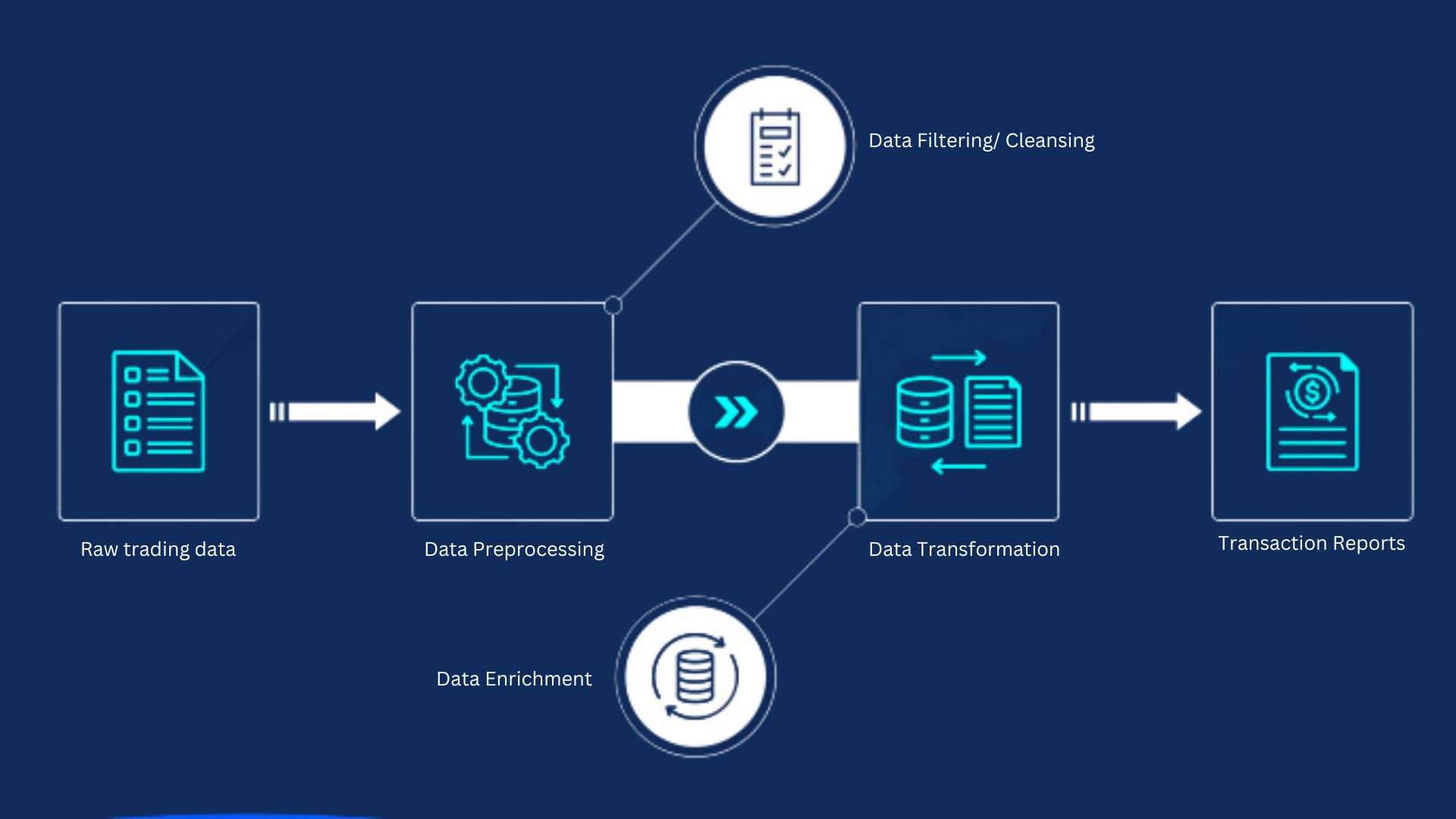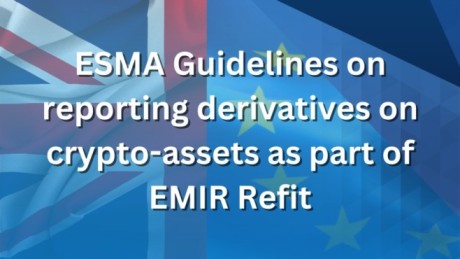
EMIR Refit reporting starts in April and September 2024 – what it means for companies
The European Market Infrastructure Regulation (EMIR) Refit go-live dates have been annou nced for the EU and the UK.
EMIR trade reporting obliges all companies engaged in over-the-counter (OTC) and exchange-traded (ETD) derivatives trading to report the trades and valuations to a repository. The regulation applies in the European Union (EU-EMIR) and the United Kingdom (UK-EMIR).
EMIR Refit is a set of updates to this regulation, proposed by the European rule maker (ESMA) and passed by the European Parliament. Revised reporting in the EU will begin on 29 April 2024. The UK regulators have just confirmed that UK EMIR Refit will go live on 30 September 2024.
The key changes in the refit are listed below.
Use of data standards – data harmonisation
International standard ISO 20022 XML schemas will be used to exchange data between reporting firms, trade repositories (TRs), and regulators. Inter-TR reconciliation will be carried out with the same XML data standards. Firms have no choice but to change their existing mechanism of comma-separated value (CSV) reporting to a standard ISO 20022 XML format. Extensible Markup Language (XML) is a widely used universal markup language and file format with strict syntax. It is also the foundation of many other standards and formats.
This is a significant challenge for the market but the approach has advantages for all reporting participants. XML format has been selected because the regulator would like to harmonise all regulatory reporting to a standard format across regimes globally to simplify regulatory reporting.
Significant increase in data points
The number of EU reportable fields has increased from 129 to 203, although the UK version of has an additional optional counterparty field for ‘execution agent’. This is a large increase in data requirements and a significant challenge. The EMIR Refit report is the biggest trade report, in terms of field numbers, for any regulation. Some insignificant fields are removed, making regulation more streamlined and straightforward. Although changes are for the good, they are huge and need significant resourcing.
Unique product identifiers
The regulators have mandated that derivatives trades not identified by the International Securities Identification Number (ISIN) code will need to report unique product identifiers (UPIs). UPIs will need to be sourced from the ANNA-Derivative Services Bureau (DSB) using various underlying parameters of instrument reference data. ANNA-DSB connectivity is costly, time-consuming, and will challenge firms.
Unique trade identifiers
A unique trade identifier (UTI) is a critical data element in the EMIR reports that, together with the LEIs (Legal Entity Identifier) of the counterparties to the derivative contract, plays a vital role in the pairing and reconciliation process between trade repositories.
The UTI generation waterfall model has changed, which impacts counterparties’ current UTI generation agreements. UTIs must be agreed by 10 am on the next working day after the derivative conclusion date.
Reporting logic – lifecycle events, new field “event type”
To better align trade reporting with trade lifecycle events in the real world, regulators have created a new field called “event type” and amended the current “action types”. Some new event types, like “corporate events” and “credit events”, will need significant analysis and a deep understanding of asset classes.
To find out more about how we can support you, contact us and speak directly to one of our experts.
Author: Kalyan Deshpande, CEO at Reg-X Innovations
Co-Author: Claire Suttie, Principal Consultant at Delta Capita




